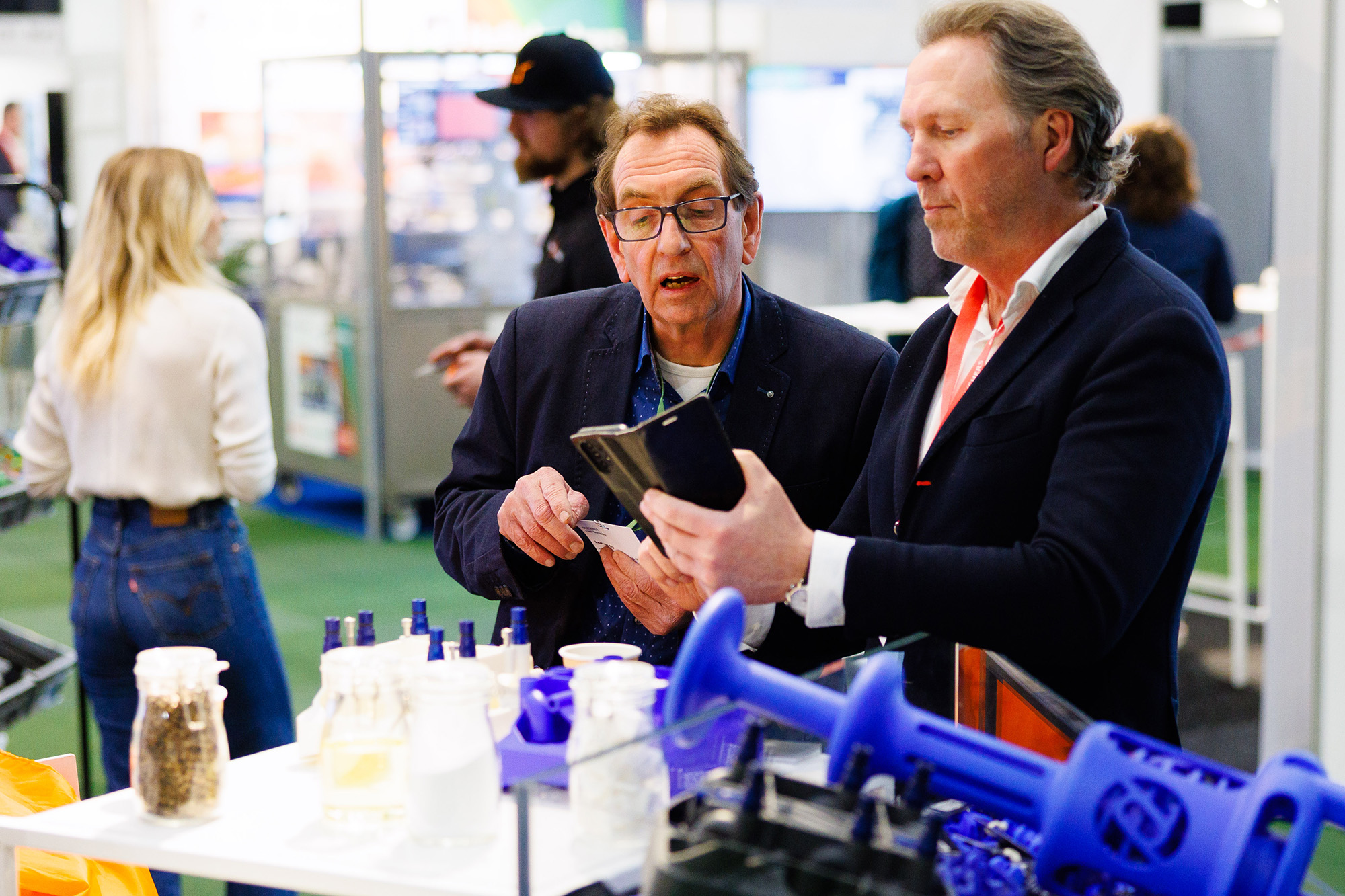How to know what is safe
As you know, we like to separate the sense from the nonsense, for example, about the safety of materials in the food industry. We came into conversation with someone with just such an attitude. Cor ten Have, Machine Safety Specialist (CE) and employed by the Kaak Group. He deals with Laws and regulations that regulate the safety of machinery.
“It is unfortunate that there is so much ignorance among companies about the legislation. Chain liability means that you, as a food producer, must be able to demonstrate during an audit that all parts of your production line are certified for food contact. And how you should do that is prescribed in the European Regulations and Guidelines. It is quite disturbing when an employee of a company says that a white plastic material is safe because “then you won’t see it if it gets into our product. That briefly outlines how some people think about safety of the materials used.”
“It’s not so much about the color of a material but the suitability for the application. If a material in itself is not certified for food contact, then the same material with a color – blue or whatever color – certainly is not. In the Netherlands and at the European level there are all kinds of rules for this, including the Framework Directive 1935/2004 which states the requirements that materials and objects that come into contact with food must meet. Other regulations are linked to this, and the main directive is a kind of hat rack under which further provisions are laid down. For plastics, for example, the 10/2011 specifies the requirements that they must meet to come into contact with food.” Another important one is Regulation 2023/2006/EC, which stipulates that materials and products intended for contact with food must be produced in a clean way.
“There are all kinds of test methods that say something about a material used. For example, for foods with free fats on the surface, such as dough, you test a plastic with a food simulant D2 based on vegetable oil, among other things. The material must then not dissolve. The regulations and directives lay down how you have to test this. In the Netherlands, the requirements of the EU Directives have been implemented in the Commodities Act Decree. There is quite a lot of legislation, but the basic principle is that the material must be suitable. So, contrary to what many people think, the color blue does not necessarily say anything about safety, the color is not decisive, it’s about the composition of the material.”
But you understand: the material alone is not enough for a food-safe product. Design is also important. Next time, we’ll let someone speak who knows all about that.
Stay tuned!



